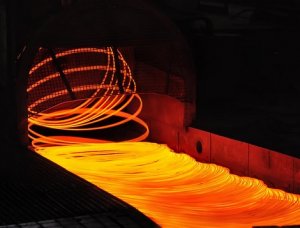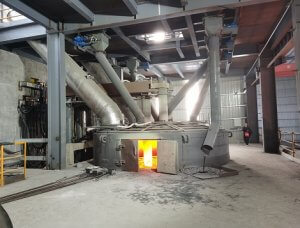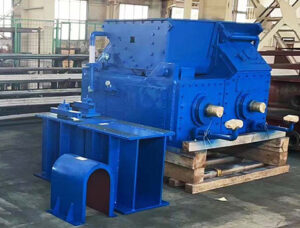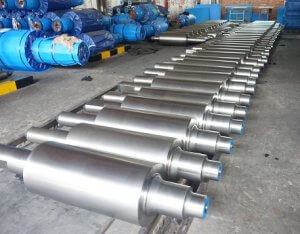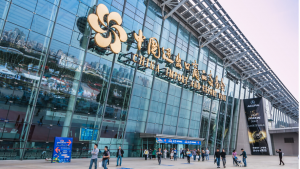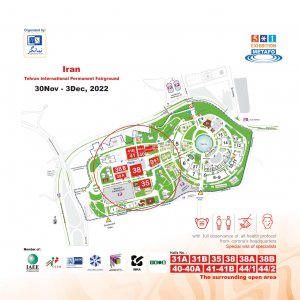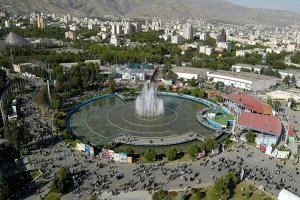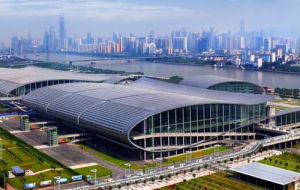Products
Products
Exhibition
Blast Furnace
Author : hani Time : 2018/07/20Blast furnace for rolling mill machine is of great importance in steel rolling process. Blast furnace smelting is the continuous production process of reducing iron ore into pig iron. Solid raw materials such as iron ore, coke and flux are fed into the blast furnace in batches by the top charging device and maintained at a certain height. Coke and ore form alternating stratified structure in the furnace. The ore material is gradually reduced and melted into iron and slag during the descent process, which is gathered in the hearth and released regularly from the iron port and slag hole.
The cold air sent out by the blower is heated to 800~1350 centigrade after the hot air furnace is heated to the hearth continuously and steadily through the tuyere. The hot air will burn the coke before the tuyere and produce the hot reducing gas over 2000 degrees centigrade. The rising hot gas flow heats iron ore and flux to make it liquid, and makes iron ore complete a series of physical and chemical changes, and the gas flow gradually cooled. The process of heat transfer, mass transfer and momentum transfer between the falling column and the ascending gas flow is intense.
The capillary water content in the furnace is lowered. When heated to 100~200 degrees C, it evaporates. The crystal water in limonite and some gangue is decomposed by evaporation at 500~800 degrees centigrade. The main fluxes of limestone and dolomite, as well as other carbonates and sulphates, are also decomposed in the furnace. The decomposition temperatures of MgCO3 in CaCO3 and dolomite in limestone are 900~1000 and 740~900 degrees respectively. Iron ore begins to restore at blast furnace at 400 or lower temperature. Some iron oxides are first melted into the slag at the lower part of the high temperature zone, and then iron is reduced from the slag.
Carboniferous does not melt in the blast furnace, but only burns before the tuyere, and a small amount of coke is vaporized into CO when the oxide is reduced. When the ore is partially reduced and heated to 1000-1100 ° C, it begins to soften; when it is 1350 ~ 1400 ° C, it completely melts; when it exceeds 1400 ° C, it drops. Coke and ore remain in an alternate layered structure during the descent process. Due to the countercurrent heat exchange in the blast furnace, several regions with different temperature distributions are formed:
The 1 area is the dry zone of ore and coke stratified.
The 2 zone is a soft melting zone consisting of soft melted layer and Carboniferous interlayer, and the ore begins to soften and melt completely.
The 3 area is the drop zone of liquid slag and iron, and only Carboniferous in the belt is solid.
4 there is a bag shaped Carboniferous raceway ahead of the draught, where coke is strongly swirled and burned, which is the main source of heat and gas reductant in the furnace.

